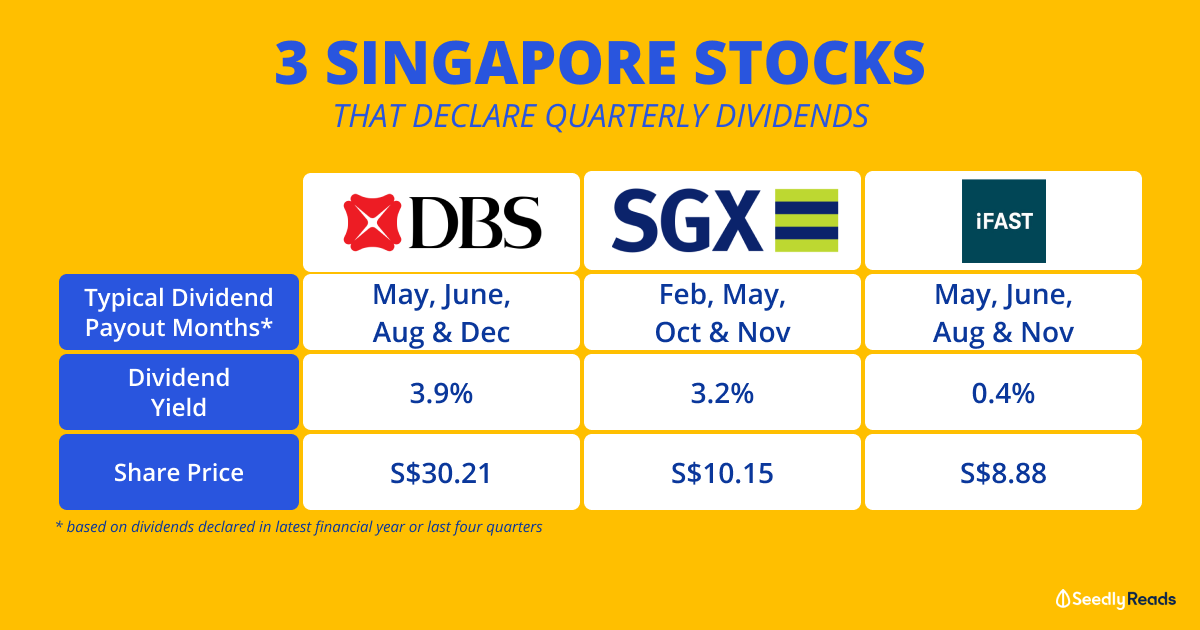There are a few factors related issues to consider when trying to understand how the electricity price may change over time, they are:
The difference between the wholesale electricity price and the all-in retail price paid by the consumer – The regulated tariff is an example of an all-in retail price.
Fuel cost to the generators – This determines the regulated tariff and thereby contracts that are a discount to the regulated tariff.
Electricity futures market pricing – This affects various fixed price contracts that retailers are offering. (For this portion, you can find out more on our market outlook article that we previously drafted in view of third quarter 2018 - https://ohm.sg/marketoutlook/)
When OEM was launched in 2018, retailers are able to offer contracts to consumers that are at a discount (approximately 20%) to the regulated tariff. This may have led to the misconception that SP Services has enjoyed very large margins over the years, which is not the case.
When the Singapore wholesale electricity market in opened in 2003, there was concern that generation companies could push up wholesale prices by exercising their market power through withholding capacity. To protect consumers from such instances, the regulator introduced Vesting Contracts in 2004. These contracts require the generators to sell a fixed amount of electricity to SP Services (as the supplier to all non-contestable consumers) at a specified price. This price is based on a pre-determined formula which aims to set the energy-only element of the price for (non-contestable) consumers at the long-run marginal cost of the most efficient generation in Singapore. This calculation is done quarterly, with oil price of the previous quarter as the main driver of price changes (Approximately 2.5 months from the previous quarter for brent oil prices and accounting for the Forex in USD)
Almost all (~ 95%) of the electricity in Singapore is produced using natural gas. The price paid for the natural gas is pegged to oil prices, either High Sulfur Fuel Oil (HSFO) or crude oil quoted in London (Brent). Simply put, the oil prices in one quarter determines the gas (fuel) price for generation in the next quarter. By following and analyzing the changes in oil price in one quarter, we can make an educated guess of how the electricity spot price is going to move in the following quarter.
For a more detailed read up on this do find more out from our article on "Formation of Electricity Prices outlook: https://ohm.sg/marketoutlook/
If you have more questions, you can write in to us at [email protected] or drop us a note on our Facebook Messenger.
We will be happy to discuss more about the electricity market.
#TeamOhm








There are a few factors related issues to consider when trying to understand how the electricity price may change over time, they are:
The difference between the wholesale electricity price and the all-in retail price paid by the consumer – The regulated tariff is an example of an all-in retail price.
Fuel cost to the generators – This determines the regulated tariff and thereby contracts that are a discount to the regulated tariff.
Electricity futures market pricing – This affects various fixed price contracts that retailers are offering. (For this portion, you can find out more on our market outlook article that we previously drafted in view of third quarter 2018 - https://ohm.sg/marketoutlook/)
When OEM was launched in 2018, retailers are able to offer contracts to consumers that are at a discount (approximately 20%) to the regulated tariff. This may have led to the misconception that SP Services has enjoyed very large margins over the years, which is not the case.
When the Singapore wholesale electricity market in opened in 2003, there was concern that generation companies could push up wholesale prices by exercising their market power through withholding capacity. To protect consumers from such instances, the regulator introduced Vesting Contracts in 2004. These contracts require the generators to sell a fixed amount of electricity to SP Services (as the supplier to all non-contestable consumers) at a specified price. This price is based on a pre-determined formula which aims to set the energy-only element of the price for (non-contestable) consumers at the long-run marginal cost of the most efficient generation in Singapore. This calculation is done quarterly, with oil price of the previous quarter as the main driver of price changes (Approximately 2.5 months from the previous quarter for brent oil prices and accounting for the Forex in USD)
Almost all (~ 95%) of the electricity in Singapore is produced using natural gas. The price paid for the natural gas is pegged to oil prices, either High Sulfur Fuel Oil (HSFO) or crude oil quoted in London (Brent). Simply put, the oil prices in one quarter determines the gas (fuel) price for generation in the next quarter. By following and analyzing the changes in oil price in one quarter, we can make an educated guess of how the electricity spot price is going to move in the following quarter.
For a more detailed read up on this do find more out from our article on "Formation of Electricity Prices outlook: https://ohm.sg/marketoutlook/
If you have more questions, you can write in to us at [email protected] or drop us a note on our Facebook Messenger.
We will be happy to discuss more about the electricity market.
#TeamOhm